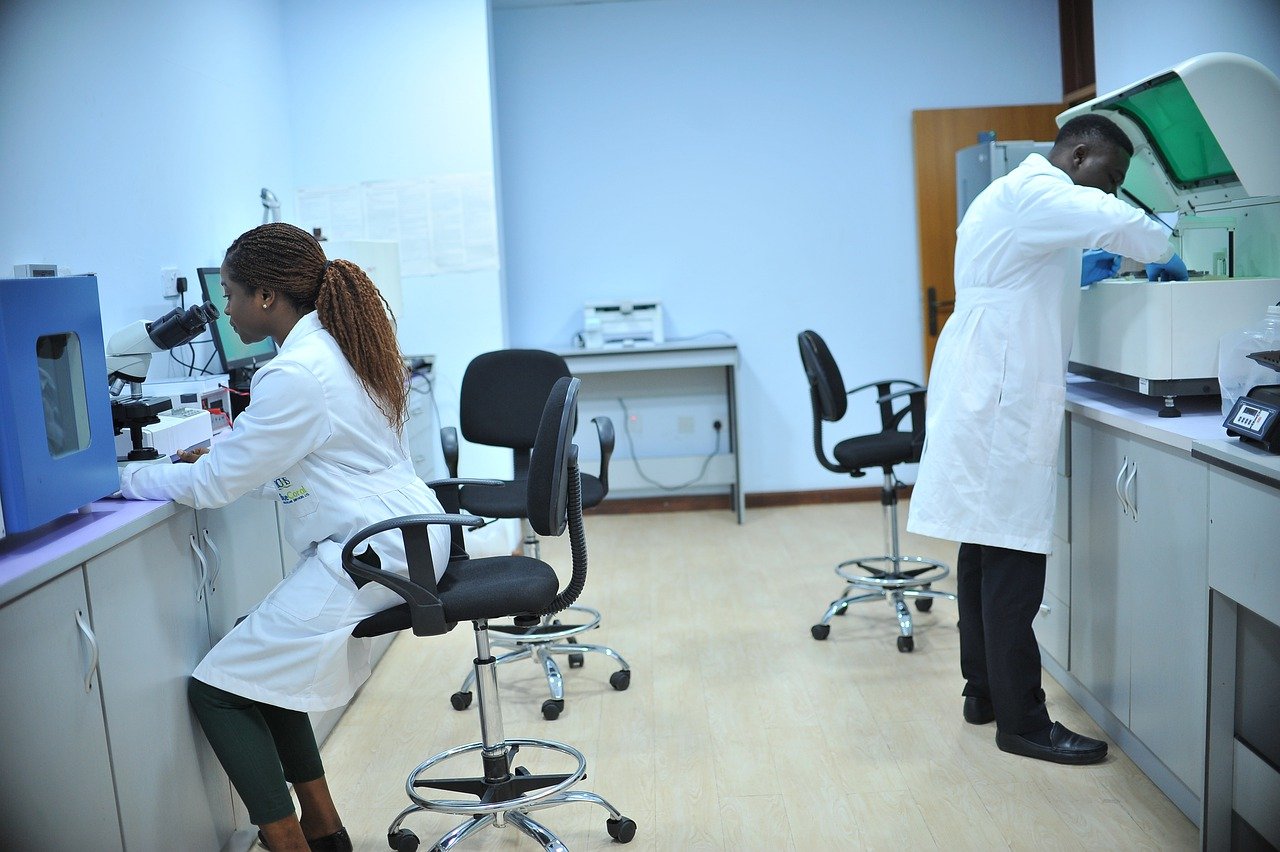
[videojs dailymotion =”https://www.dailymotion.com/video/x4g7ous”]
The human body wants blood glucose maintained in a very narrow range. Insulin and glucagon are the hormones which make this happen. Both insulin and glucagon are secreted from the pancreas, and thus are referred to as pancreatic endocrine hormones. It is the production of insulin and glucagon by the pancreas which ultimately determines if a patient has diabetes, hypoglycemia, or some other sugar problem. Role of Insulin in blood glucose control Insulin and glucagon are hormones secreted by islet cells within the pancreas. They are both secreted in response to blood sugar levels, but in opposite fashion! Insulin is normally secreted by the beta cells of the pancreas. The stimulus for insulin secretion is a HIGH blood glucose. Although there is always a low level of insulin secreted by the pancreas, the amount secreted into the blood increases as the blood glucose rises. Similarly, as blood glucose falls, the amount of insulin secreted by the pancreatic islets goes down. Insulin has an effect on a number of cells, including muscle, red blood cells, and fat cells. In response to insulin, these cells absorb glucose out of the blood, having the net effect of lowering the high blood glucose levels into the normal range. Glucagon is secreted by the alpha cells of the pancreatic islets in much the same manner as insulin…except in the opposite direction. If blood glucose is high, then no glucagon is secreted. When blood glucose goes LOW, however,more and more glucagon is secreted. Like insulin, glucagon has an effect on many cells of the body, but most notably the liver. The Role of Glucagon in Blood Glucose Control The effect of glucagon is to make the liver release the glucose it has stored in its cells into the bloodstream, with the net effect of increasing blood glucose. Glucagon also induces the liver to make glucose out of building blocks obtained from other nutrients found in the body. Our bodies desire blood glucose to be maintained between 70 mg/dl and 110 mg/dl . Below 70 is termed “hypoglycemia.” Above 110 can be normal if you have eaten within 2 to 3 hours. That is the reason of determining fasting blood sugar.Normally it should be between 70-110 mg/dl. Even after you have eaten, however, your glucose should be below 180. Above 180 is termed “hyperglycemia”. If your 2 blood sugar measurements above 200 after drinking a sugar-water drink (glucose tolerance test), then you are diagnosed with diabetes. Consult your doctor if you have any of the condition.
